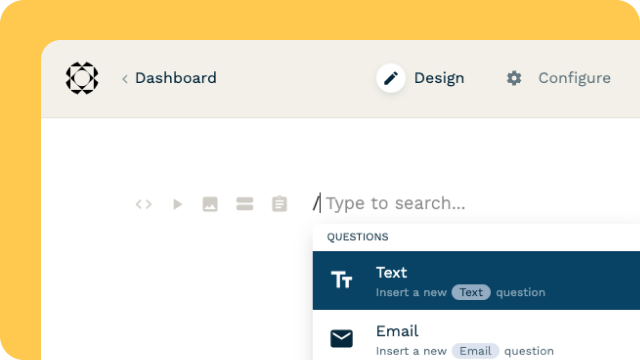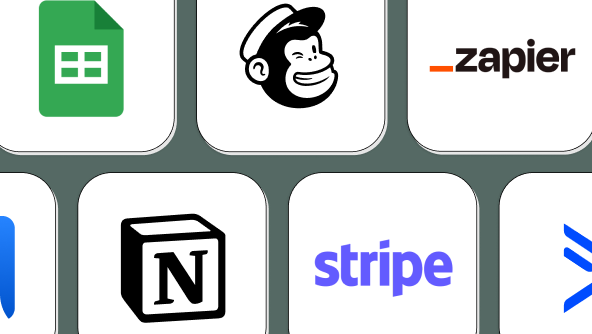
Products
PaperformPaperform is an online form builder like no other. It combines serious digital smarts with beautiful design to create endless possibilities.PapersignSimplify document signing with Papersign, so you can spend less time in email chains and more time on the important stuff.
Solutions
Web FormsScheduling FormsOrder FormsPayment FormsCalculation FormsSubscription FormsConditional LogicLanding page FormsQuiz MakerPoll MakerSurvey MakerTest MakerSee all solutions
All Solutions

Explore all the solutions you can create with Paperform: surveys, quizzes, tests, payment forms, scheduling forms, and a whole lot more.
See all solutionsIntegrations












Connect with over 2,000 popular apps and software to improve productivity and automate workflows
See all integrationsResources
BlogReal-life stories, trends, and strategies to help you grow your business.CareersJoin the company that prioritises 'life-work' balance.Online Signature GeneratorCreate and download a signature. Merch StoreGet your hands on Paperform swag.Getting StartedHelpful guides to get you on track.Help CenterWe've got all the answers to your questions.
PricingSolutions
All Solutions

Explore all the solutions you can create with Paperform: surveys, quizzes, tests, payment forms, scheduling forms, and a whole lot more.
See all solutionsIntegrations

Connect with over 2,000 popular apps and software to improve productivity and automate workflows
See all integrationsResources
One-at-a-time Mode Overview
Related Articles
Can I style the submit button for the "One-at-a-time" form experience?
When using Paperform's "One-at-a-time" form experience (previously Guided Mode), the Submit Button options slightly differ from the "Classic" form experience. The available options can be found under Theme & Appearance → UI Elements → Submit Button.
Can I have logic applied to my questions while I have one-at-a-time mode turned on?
You can apply logic to questions as well as page break logic while having guided mode turned on.
Can I change the style of my pagination buttons?
You can change the styling of your form's pagination buttons under Theme & Appearance → UI Elements → Pagination Buttons.
Can I add a progress bar to my form?
You can add a progress bar in Theme → UI Elements → Pagination Buttons → Pagination Style, and choose Progress Bar.

 Pagination options in action
Pagination options in action